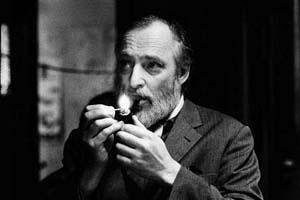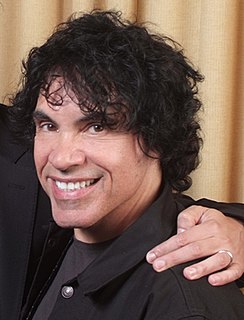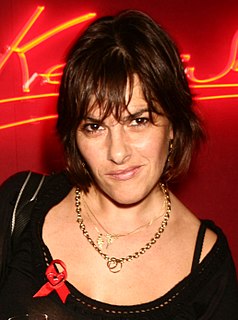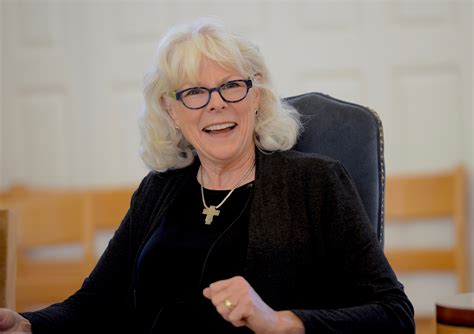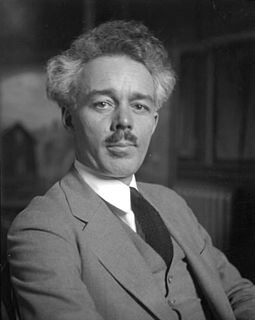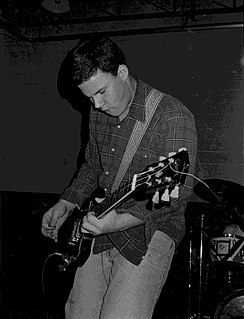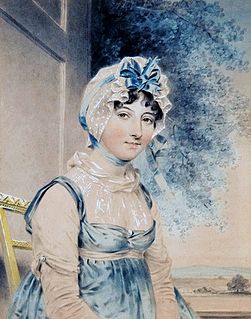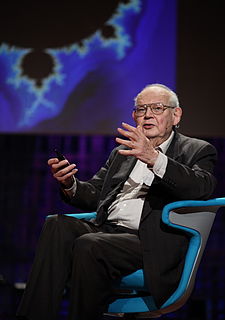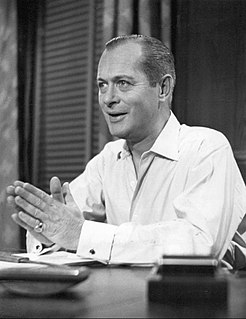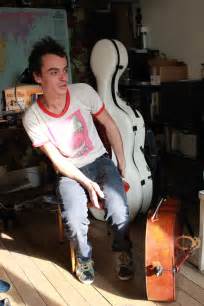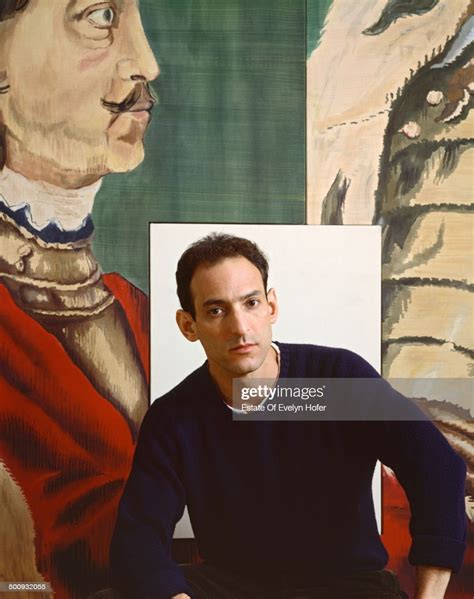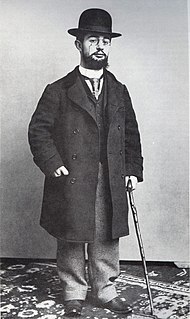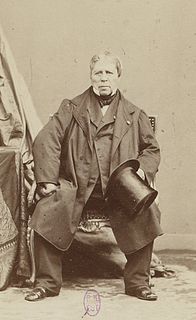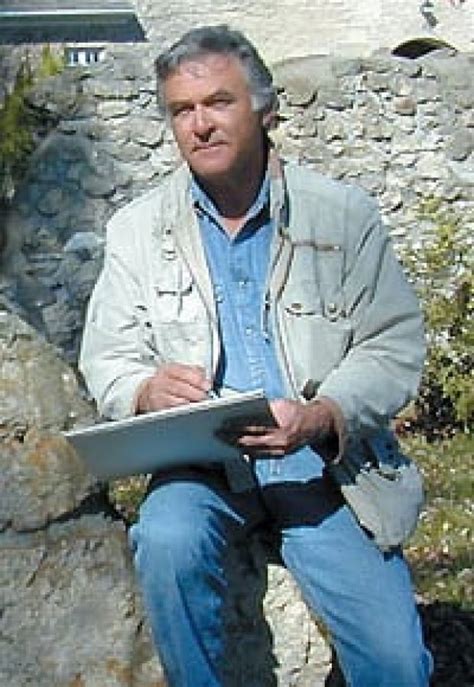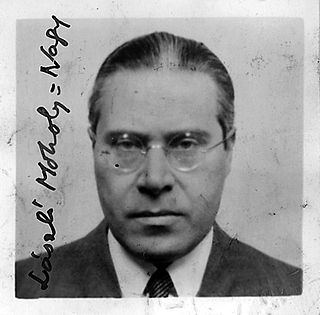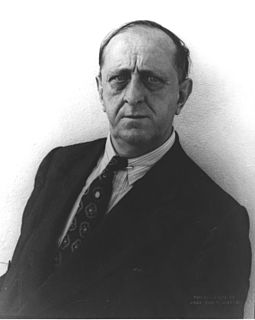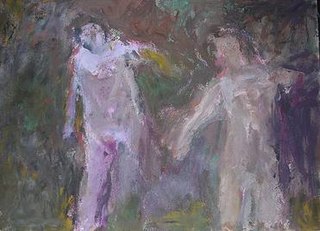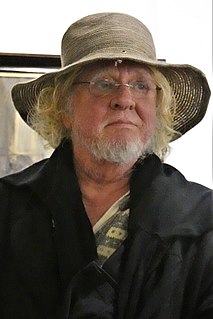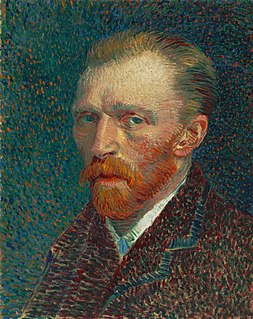A Quote by Asger Jorn
My work is based on a tradition quite distinct from the Eckersberg tradition, a Nordic line of development that had never been clearly and consistently defined in the literature on art. This line is not a straight one; it has the strangest and most fascinating twists and curves, and includes such artists as Edvard Munch, Ernest Josephson, Hill, Hansen Jacobsen, Johannes Holbek, Jens Lund, and Emile Nolde. Not all of them equally well known.
Related Quotes
To write a novel is to embark on a quest that is very romantic. People have visions, and the next step is to execute them. That's a very romantic project. Like Edvard Munch's strange dreamlike canvases where people are stylized, like 'The Scream.' Munch must have had that vision in a dream, he never saw it.
When you are in the line of your duty, it is like standing in front of a line of posts, and every post is in line. But step one step aside, and every post looks as though it were not quite in line. The farther you get away from that straight line, the more crooked the posts will appear. It is the straight and narrow path of duty that will lead you and me back to the presence of God.
The question of art songs always came up with Gastr del Sol. I think Jim O'Rourke had it right in being clear that there's a tradition of art song - Ives being the touchstone for the two of us - and what we do doesn't belong to it. It wasn't important to advance those kinds of distinctions, but clearly he thought it was fanciful for anyone to speak of what we were doing as being in that tradition.
I do everything by hand... Even if I'm doing really big letters and I spend a lot of time going over the line and over the line and trying to make it straight, I'll never be able to make it straight. From a distance it might look straight, but when you get close up, you can always see the line waver. And I think that's where the beauty is.
Maybe time is nothing at all like a straight line. Perhaps it's shaped like a twisted doughnut. But for tens of thousands of years, people have probably been seeing time as a straight line that continues on forever. And that's the concept they based their actions on. And until now they haven't found anything inconvenient or contradictory about it. So as an experiential model, it's probably correct.
Obviously my own work comes from a conceptual art tradition, but I love the graffiti artists, and I feel spiritually closer to them than to most contemporary art; they make the city a free space of diverse voices and we shouldn't get all cynical about them just because Banksy made some money. I collaborate sometimes with Krae, who is an old school east London graffiti writer.
The Western music tradition is mostly addressed to a public that has a critical mind, and judges the quality of the writing, of the interpretation. And I think it is a great tradition! It pushes the musicians to always go further, and to never stop pushing the limits and explore what can be done with sounds. And great pieces of art were born from that tradition.
